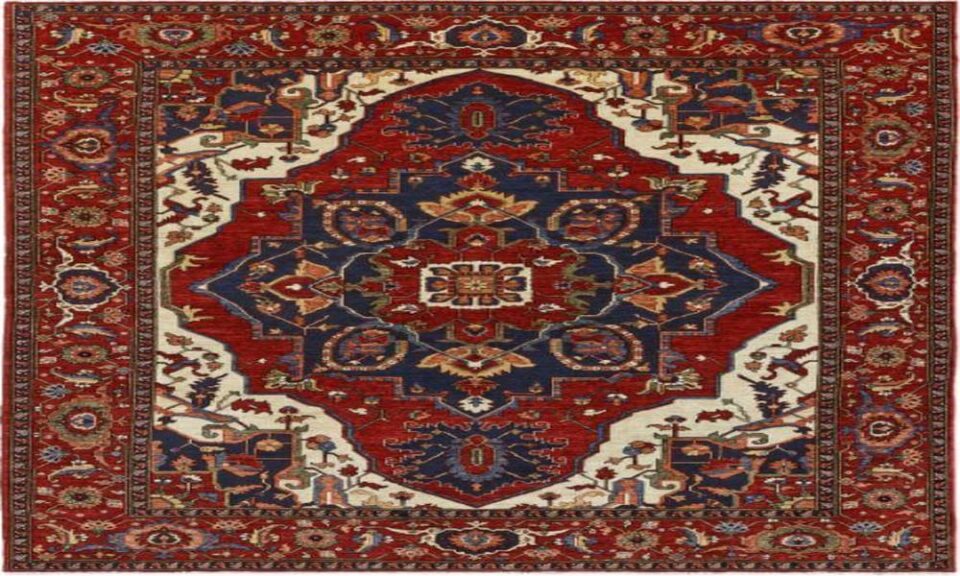Known for their beauty, durability, and intricate designs, Persian rugs have been a staple of home décor for centuries, and are still highly sought after today. However, there are many amazing facts about Persian rugs that most people are not aware of. In this blog, we’ll explore some of these little-known facts.
The Meaning Behind Persian Rug Designs
Persian rugs designs often have a symbolic meaning behind them, with each element representing something important to the weaver’s culture and traditions. For example, a common design element in Persian rugs is the boteh, which is a stylized teardrop shape that represents the cypress tree, a symbol of life and eternity.
The Role of Color in Persian Rugs
The use of color in Persian rugs is also very important. In fact, some weavers will use up to 70 different shades in a single rug! The colors are often muted and earthy, but they can also be vibrant and bright. When looking at a Persian rug with multiple shades of one color , it’s important to note that the shades are often used in a very specific way.
- Red is often used to represent passion and power, while blue is associated with tranquility and spirituality.
- Green is a symbol of life and growth, while yellow is often used to represent wealth and prosperity.
The Different Types of Persian Rugs
There are many different types of Persian rugs, each with their own unique design and construction techniques.
The most common types of Persian rugs are:
Herati
This type of Persian rug is made with a knotted pile and has a beautiful, medallion-like design. The term “Herati” comes from the Herat city based in Afghanistan.
Kermani
This type of Persian rug is made with a knotted pile and has an asymmetrical design that often features octagonal shapes or diamond patterns. The term “Kermani” comes from the city of Kerman, Iran.
Bakhtiari
This type of Persian rug is made with a knotted pile and has an intricate design that’s often asymmetrical. The term “Bakhtiari” comes from the people who live in this region in Iran.
The Importance of Handmade Construction
The skilled weavers construct Persian rugs by hand using techniques that have been passed down for generations. Handmade construction ensures that each rug is unique and of the highest quality, with no two rugs ever being exactly the same. Persian rugs have played an important role in the culture and traditions of Iran for centuries.
They are often given as gifts for special occasions like weddings and births, and are considered to be a valuable family heirloom.
In conclusion, Persian rugs are much more than just a beautiful home décor item. They are steeped in history, culture, and tradition, with each rug representing a unique and important part of Iranian heritage. By learning more about the amazing facts and details behind Persian rug design and construction, we can better appreciate these remarkable works of art.

